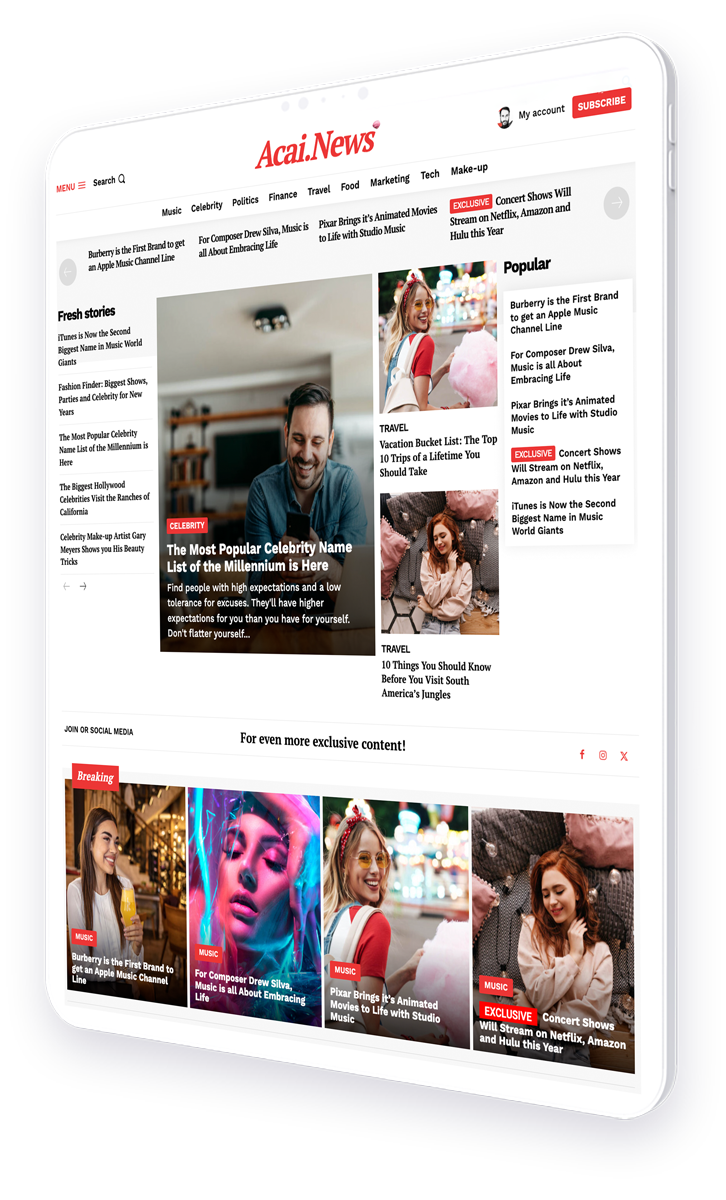Best practices to ensure magazines are fully optimized for mobile users
In the rapidly evolving digital landscape, the importance of mobile optimization cannot be overstated. As more users access content via smartphones and tablets, digital magazines must prioritize a mobile-first approach to remain competitive. This article explores the significance of mobile optimization for digital magazines, delves into best practices for ensuring a seamless mobile experience, and highlights the impact of mobile-first strategies on SEO.
The Rise of Mobile Usage
Over the past decade, mobile devices have become the primary means of accessing the internet. According to a report by Statista, as of 2021, over 54% of global website traffic originated from mobile devices. This trend is expected to continue, making it imperative for digital magazines to adapt to the changing user behavior.
With the increasing reliance on mobile devices, users expect fast-loading, easy-to-navigate, and visually appealing content. Digital magazines that fail to meet these expectations risk losing their audience to competitors who prioritize mobile optimization.
Why Mobile-First Matters for Digital Magazines
Adopting a mobile-first approach means designing and developing digital content with mobile users in mind from the outset. This strategy is crucial for several reasons:
- Improved User Experience: A mobile-first design ensures that content is easily accessible and navigable on smaller screens, enhancing the overall user experience.
- Higher Engagement Rates: Mobile-optimized content tends to have higher engagement rates, as users are more likely to interact with content that is easy to read and navigate.
- SEO Benefits: Search engines like Google prioritize mobile-friendly websites in their rankings, making mobile optimization essential for SEO success.
Best Practices for Mobile Optimization
To ensure that digital magazines are fully optimized for mobile users, publishers should implement the following best practices:
Responsive Design
Responsive design is a fundamental aspect of mobile optimization. It involves creating a website layout that automatically adjusts to fit different screen sizes and orientations. This ensures that content is displayed correctly on all devices, providing a consistent user experience.
Fast Loading Times
Mobile users expect fast-loading pages, and slow load times can lead to high bounce rates. To improve loading times, digital magazines should:
- Optimize images and videos for faster loading.
- Minimize the use of heavy scripts and plugins.
- Utilize browser caching to reduce server requests.
Easy Navigation
Navigation should be intuitive and user-friendly on mobile devices. This can be achieved by:
- Implementing a simple and clear menu structure.
- Using large, tappable buttons for easy interaction.
- Ensuring that links and buttons are spaced adequately to prevent accidental clicks.
Readable Content
Content readability is crucial for mobile users. Digital magazines should focus on:
- Using legible fonts and appropriate font sizes.
- Breaking up text with headings, subheadings, and bullet points.
- Ensuring sufficient contrast between text and background colors.
The Impact of Mobile-First on SEO
Search engines have increasingly emphasized the importance of mobile optimization in their ranking algorithms. Google’s mobile-first indexing, for instance, means that the mobile version of a website is considered the primary version for indexing and ranking purposes. This shift underscores the need for digital magazines to prioritize mobile optimization to maintain and improve their search engine rankings.
Some key SEO benefits of a mobile-first approach include:
- Higher Search Rankings: Mobile-friendly websites are more likely to rank higher in search engine results pages (SERPs).
- Increased Organic Traffic: Improved search rankings lead to increased organic traffic, as users are more likely to click on top-ranking results.
- Reduced Bounce Rates: A seamless mobile experience reduces bounce rates, signaling to search engines that the content is relevant and valuable to users.
Case Studies: Successful Mobile-First Digital Magazines
Several digital magazines have successfully implemented mobile-first strategies, resulting in improved user engagement and SEO performance. Here are a few examples:
Example 1: Vogue
Vogue, a leading fashion magazine, has embraced a mobile-first approach by optimizing its website for mobile users. The magazine’s responsive design, fast loading times, and easy navigation have contributed to a significant increase in mobile traffic and user engagement.
Example 2: National Geographic
National Geographic has also prioritized mobile optimization, resulting in a seamless user experience across devices. The magazine’s mobile-first strategy has led to higher search rankings and increased organic traffic, demonstrating the importance of mobile optimization for digital publications.
Conclusion: Embracing the Mobile-First Future
In conclusion, the shift towards mobile-first strategies is not just a trend but a necessity for digital magazines. By prioritizing mobile optimization, publishers can enhance user experience, improve engagement rates, and boost their SEO performance. As mobile usage continues to rise, digital magazines that embrace a mobile-first approach will be better positioned to succeed in the competitive digital landscape.
For more insights on mobile optimization and SEO, visit Search Engine Journal’s Mobile SEO Guide.
Key Takeaways:
- Mobile optimization is crucial for digital magazines to remain competitive in the digital landscape.
- A mobile-first approach enhances user experience, engagement rates, and SEO performance.
- Implementing best practices such as responsive design, fast loading times, and easy navigation is essential for mobile optimization.
- Successful case studies demonstrate the positive impact of mobile-first strategies on user




